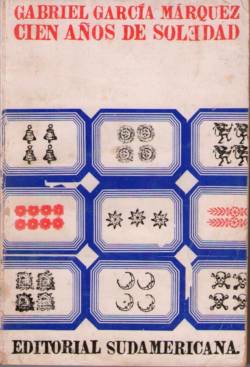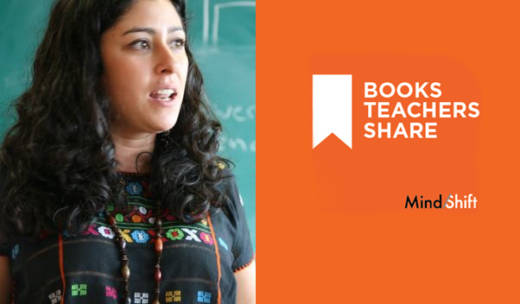Maria del Mar Patron Vazquez co-founded the community Spanish-language school and education center Habla, located in Merida, Mexico, where she teaches Spanish and literature to students from ages 4 to 87 (at least that’s the oldest so far). Her favorite book, the significant and award-winning masterpiece One Hundred Years of Solitude by Colombia-born author Gabriel García Márquez, tells the story of 100 years of life in the Buendía family in the metaphorical town of Macondo. The book, along with her deep belief in story’s power to connect, not only informs Patron Vazquez’s teaching of literature to her students, but also how her culture shares stories.
Patron Vazquez recently shared her thoughts on One Hundred Years of Solitude and the magic of stories with MindShift. The conversation has been edited for clarity and length.
Patron Vazquez: One Hundred Years of Solitude is a work of fiction. It tells the 100-year-long story of the Buendía family, but it really tells more than that: it tells the story of how we tell stories in Mexico, in Latin America, in our oral tradition. It tells the story of how my grandparents told stories, tells the story of how my grandmother Triny told me stories when I was a little girl. Márquez goes beyond the question of what is real and what is not, what is a fact and what is magical, to blend the limits and to take language and culture to shape how we see and think and represent things.
Maybe a personal example can illustrate this idea of magical realism.
 When I was little, my grandfather would tell my brothers and I that he used to carry cows, emphasizing that he carried them over his shoulders. As a kid, I believed this without a question. Why not? As a little girl, it seemed to me that he was so strong. Then, when I was a teenager, I would think twice about it: really? Would that be possible? Although it sounded a little bit unreal, my answer to that question was never ‘no.’ There was something about my abuelo (grandfather), that made it possible to believe it. If somebody else would have come and told me the same thing, I would not have believed it. But my abuelo, yes! How could he not, if he told us in all detail how he lifted the cows and took them back with him carrying them over his shoulders? This is exactly what Márquez keeps teaching me, every time I read and re-read his books, and what has inspired me at Habla: to believe in the power that language and stories have to connect people.
When I was little, my grandfather would tell my brothers and I that he used to carry cows, emphasizing that he carried them over his shoulders. As a kid, I believed this without a question. Why not? As a little girl, it seemed to me that he was so strong. Then, when I was a teenager, I would think twice about it: really? Would that be possible? Although it sounded a little bit unreal, my answer to that question was never ‘no.’ There was something about my abuelo (grandfather), that made it possible to believe it. If somebody else would have come and told me the same thing, I would not have believed it. But my abuelo, yes! How could he not, if he told us in all detail how he lifted the cows and took them back with him carrying them over his shoulders? This is exactly what Márquez keeps teaching me, every time I read and re-read his books, and what has inspired me at Habla: to believe in the power that language and stories have to connect people.



